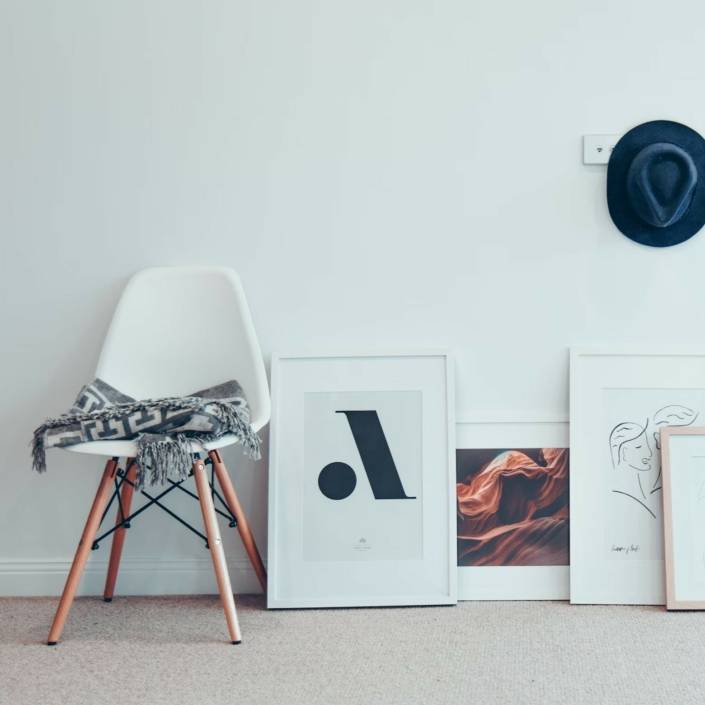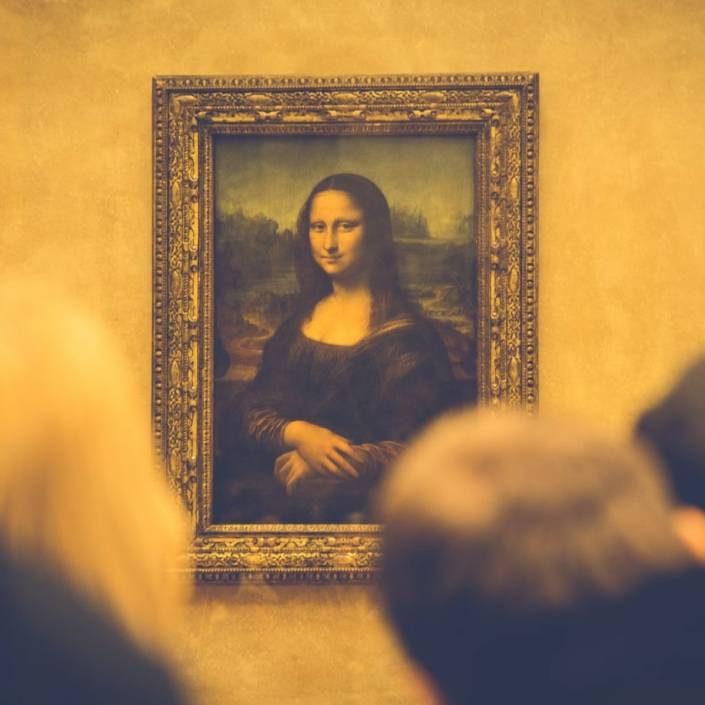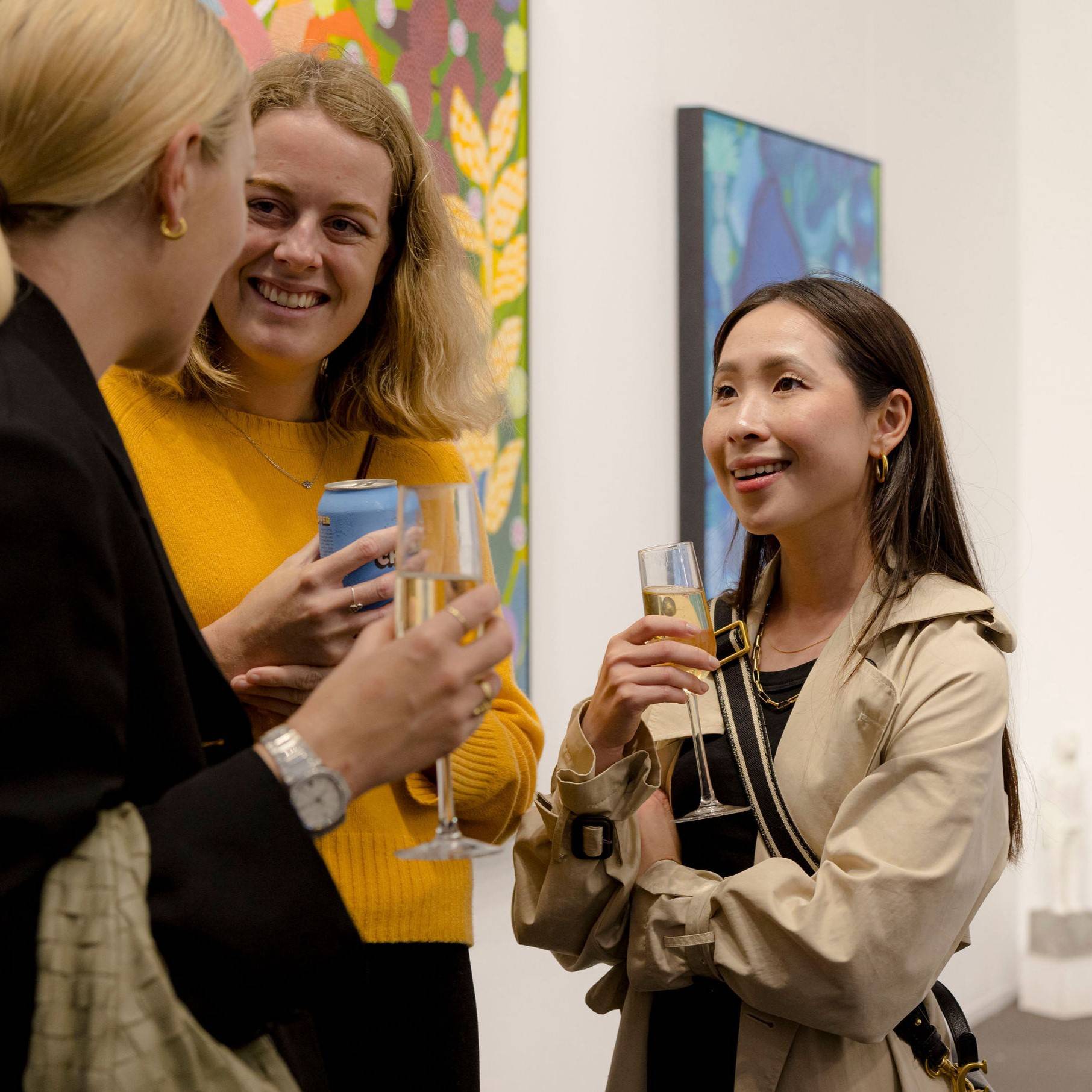Behind the Scenes: Hard Done
The world’s mega galleries unashamedly poach artists from smaller galleries. It doesn’t seem fair to the galleries that have done the hard yards in discovering the artist and supporting their early, often lossmaking exhibitions. Or is that just the game we’re playing?
Words: Charles Merewether
In the contemporary artworld, economics plays a central role in regard to trading, contracts and ownership rights. These issues open up questions not only around art’s visibility and access, but also its branding, marketing, patronage and the incidence of poaching, which has been virtually normalised as simply part of the industry’s practice and a free market.
Historically, art patrons not only collected an artist’s work, but provided them with financial benefits. Typically, patrons belonged to the ruling class and their collections were either part of their own private, or city, museums. The use and power of patronage, characterised as an informal patron-artist network, was evident not only in the ancient world but most famously during the Western European Renaissance.
Since the 19th century, art patronage has been orchestrated and shaped increasingly by the invention and rise of commercial art galleries. Russell Belk, in his book Collecting in a Consumer Society (Collecting Cultures), explores the commercial mechanisms inherent in the art market, in which branding plays a prominent role alongside the interactions of aesthetics and economics.
In the 19th century art market, two increasingly divergent paths began to dominate. The luxury industry on the one path, with its standardisation and branding strategies, and, on the other path, more earnest art-promotion initiatives. On the first path, the clients, i.e. art collectors, are given priority, while on the second path, priority is given to the artists and the art. As the luxury industry grows, we see increasing professionalisation and industrialisation of processes and as it expands we see geographical globalisation in the form of mega-galleries such as Gagosian, Zwirner, Hauser & Wirth, Marian Goodman, Pace, and White Cube, all with exhibition spaces across the world. Unlike the second path, these mega galleries are not primarily interested in supporting and representing the artist, but mainly in the exhibition and sale of her or his artworks.
As a result of various scandals and lawsuits over the past decade or so, the mega galleries reinforced their legal and best-practices infrastructure by stabilising the artist-gallery relationship, introducing more transparency and balanced contracts at all levels of the industry, as they sought to find broader exhibition options and monetisation models, such as buy-back options, monthly payment or fractional ownership. This way forward is as essential for the mega galleries as maintaining flagship stores across the globe is for the luxury goods industry. Multiple exhibition spaces are seen as crucial for retaining what the Belgian collector Alain Servais calls Very Bankable Artists, (VBAs). Such artists are essential-for-business talents who won’t settle for only having an exhibition once every two or three years as they would in a single-space, smaller gallery. They would sooner or later present their work somewhere else with a competitor.
The second path, the art-promotion track, is one that appeals to a narrower and more connoisseurial collecting public. For these smaller galleries, an anchor brick-and-mortar gallery is a plus but not a must anymore, particularly in expensive real estate markets like New York, London, or Paris. However, a physical exhibition space enables a greater range of practices to be shown and potentially bought and thereby, supports artists from their beginnings, usually marked as the time of their graduation from art school.
There are some several hundred such spaces across Australia ranging from the traditional commercial galleries to artist-run initiatives (ARIs) and not-for profit art organisations. Some of these are start-up galleries without advertising, or little only by way of external signs of their location. Their exhibitions are known rather by word-of-mouth or through their own or other social media channels and small independent art publications. The issue of poaching among these galleries seems rare, an ethics of fair practice prevailing. Most likely, it occurs in circumstances where a gallery owner aspires to exhibit the work of a particular artist less for reasons of profit than for the reward of representing the artist whose practise compels them. The more direct threat of poaching comes from the mega-galleries’ need to finance their growing empires by increasing their rosters constantly with what Servais calls VBAs.
As mega-galleries are generally not in the business of discovering new talent, they often find these VBAs in the rosters of other mega galleries or the smaller galleries. For the smaller galleries, losing an artist to a bigger gallery has long been viewed as simply part of the business, but the mega-galleries en-masse have increased vastly the size of their rosters and these new artists were not found in MFA programmes or open studio tours, but through artists switching from smaller galleries. Deep pockets help to attract an artist of course but a strong collector base is just as attractive.
These mega-galleries have guarded, close relationships with wealthy collectors, large gallery spaces and access to international collectors through art fairs, as well as collaborative gallery partnerships. With large and growing numbers of artists exceeding the number of exhibitions that can be held in a year even across all of their spaces, they regularly pare down their rosters, for this and a variety of other reasons, of which choosing dead artists over living ones is but one.
According to Servais, the focus of mega-galleries is ultimately on exhibiting or selling VBAs. In a long, fascinating article How Larry Gagosian Reshaped the Art World recently published in the New Yorker, Patrick Radden Keefe writes: “It’s fair to say, though, that one way Gagosian has transformed the art business is by normalising poaching. Many artists have clearly absorbed the idea that loyalty is sentimental and that, in a free market, they should always keep an eye out for a better deal.”
Photo courtesy: Roberto Contreras, Unsplash.
This article was originally published in Art Collector issue 106, October to December 2023.









